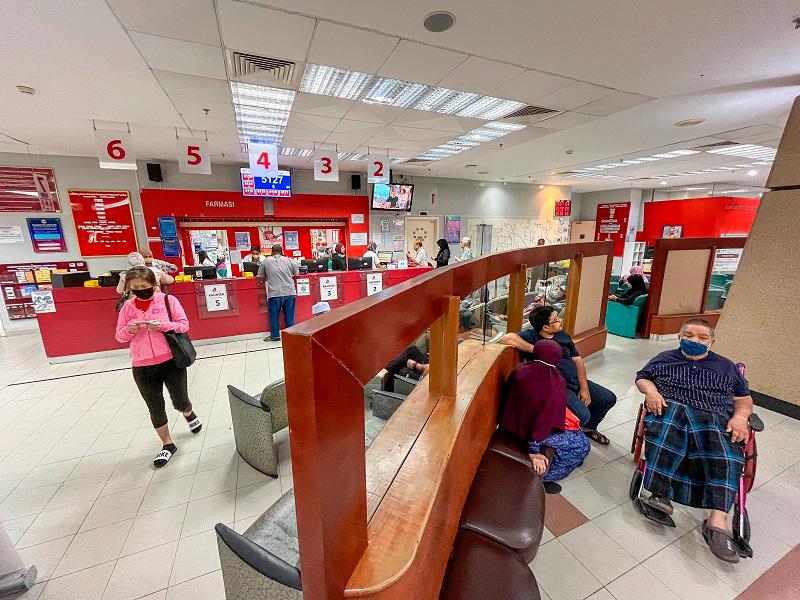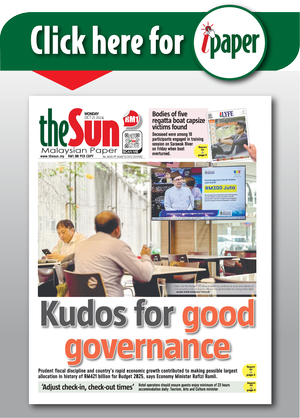PETALING JAYA: Universiti Malaysia Sarawak public health expert Prof Dr Helmy Hazmi said Malaysia’s healthcare system needs an urgent shift towards prevention and equity, especially in East Malaysia.
He added that health challenges cannot be solved by hospital expansion alone.
“Where you live should not determine if you live. Allocations must reach the unreached,” he said, calling for a rethink of how health resources are distributed.
He outlined three priorities; prevention and primary care, workforce support and greater
state-level autonomy.
He said Malaysia must “shift resources upstream”, moving from hospital-based treatment to community and preventive care, as envisioned in the Health White Paper.
He also said for Sarawak, this means strengthening rural clinics, expanding mobile services and scaling up telehealth, adding that accelerating digitalisation would create a more efficient network.
Helmy said the second priority is retaining healthcare workers
through permanent posts, housing, allowances and family support.
“Health workers are not just individuals on the frontlines. Their families, who are their immediate support system, must also be considered,” he told theSun.
He also called for greater autonomy for Sarawak in financing, workforce planning and service delivery to ensure policies reflect
local realities.
He added that non-communicable diseases (NCD) such as diabetes and hypertension remain Malaysia’s biggest long-term burden.
“Prevention always costs less than cure,” he said. “We do not lack foresight or policy frameworks, only the courage and political will to act.”
He said policies such as the sugar tax and tobacco control, although slow to take shape, are showing results and must be strengthened. He also urged scaling up nationwide interventions such as hypertension screening and salt reduction.
He added that at the core of lasting reform lies sustainable health financing. Malaysia’s total health spending has stayed at about 4% to 5% of GDP for a decade, with only 2% to 3% from public expenditure, among the lowest in Southeast Asia.
“Thailand spends about 3.7% and Vietnam about 3.5% of GDP on public health, both higher than Malaysia.”
While the World Health Organisation recommends at least 5%, Helmy proposed a realistic stepwise increase.
“A practical goal would be 2.9% to 3% next year, signalling we are serious about reaching 5% by 2030,” he said, adding that sustainability also requires structural reform and innovative financing, not just bigger budgets.
To bridge the urban–rural divide, he proposed three steps:
0 Upgrade and equip facilities, particularly in Sarawak and Sabah, where geography remains a major barrier.
0 Offer stronger incentives for healthcare workers, including rural and on-call allowances and family-friendly measures.
0 Invest in preventive and primary care, such as NCD screening and maternal health outreach, to enable early detection and cut costly
complications.
He said the next decade must focus on healthcare financing reform, including a stronger takaful
or insurance framework for
middle-income earners.
He also said if the government were to introduce a policy in 2026, it should be “equity-weighted primary care funding”, in which allocations are based on community needs.
“Rural Sarawak should finally get the same chance at health as Kuala Lumpur. Such funding would mean better primary care, fewer preventable admissions and more motivated health workers.
“Health equity is not just a goal but a duty. Reform starts with the client’s experience and builds the system around what truly matters.”









